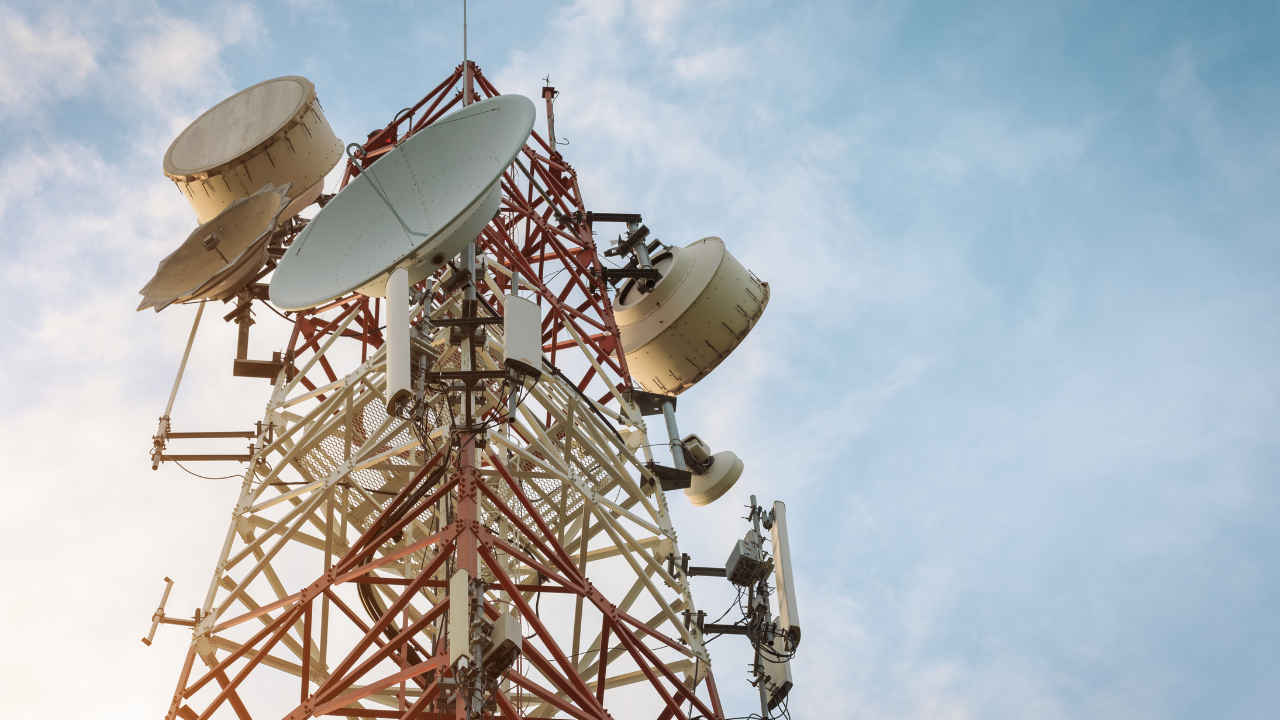
- Home
- Managed Services
- Cyber Security
- Blog
- About Us

We 365 Admin Support, just simplify your IT problems
Call for a free support. +91 96666 59505Platform Partnership
- Who We Help
- Shop
- Contact
- News






HIGHLIGHTS
Table of Contents
ToggleIn light of recent developments, telecom operators have activated their emergency protocols to maintain uninterrupted connectivity. This is especially crucial in the context of Emergency Operators Centres (EOCs) established at both state and district levels. Following directives from the Ministry of Communications, these companies are now mandated to comply with the Standard Operating Procedures (SOP) established in 2020 for telecom services during emergencies.
On May 7, the government issued a significant order requiring both public and private telecom entities to bolster network resilience, ensuring that connectivity remains unwavering. The focus is particularly on areas prone to emergencies, especially the Base Transceiver Station (BTS) towers situated within a 100-kilometer radius of international borders.
In a proactive approach, telecom companies have begun implementing measures aimed at enhancing network stability near border regions. A representative from a private telecom operator confirmed that disaster preparedness plans are actively in place, complying with government directives as highlighted in a report by MoneyControl.
The Department of Telecommunications (DoT) has emphasized the crucial need for telecom providers to be well-prepared to address any emergencies that may arise. The DoT has assigned its Licensed Service Area (LSA) the task of closely collaborating with state governments to ensure the protection of telecom infrastructures. This partnership also aims to facilitate smoother operations for telecom companies during times of crisis.
In terms of emergency readiness, telecom operators have received instructions to maintain adequate reserves of diesel fuel, mobilize spare teams and equipment, conduct thorough testing of network integrity, and initiate infra-circle roaming when necessary to maintain seamless service.
Moreover, amidst heightened tensions, all citizens across India are advised to refrain from clicking on suspicious videos. Reports indicate that individuals are attempting to disseminate malware known as “Dance of the Hillary,” which targets Indian users. Scammers are using alluring infected videos or files to lure users, and any interaction with these could result in harmful consequences. Such actions may lead to device infection and potential compromise of sensitive data, including financial details and personal files.